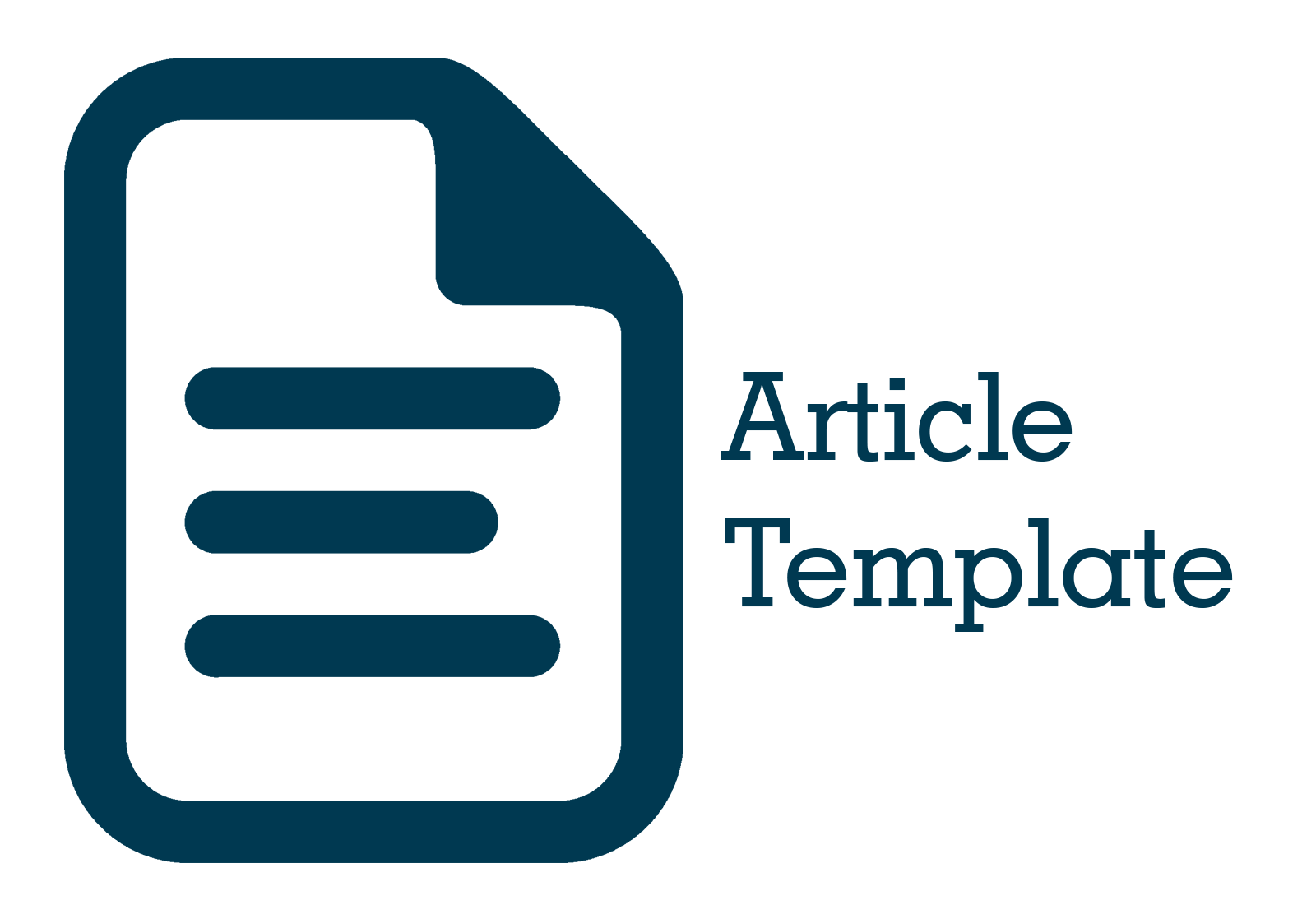Competitiveness of Indonesian Coffee Commodities in Global Market
Keywords:
Coffee, Competitiveness, Exsports, RCA, TSIAbstract
The scope of this research includes international trade in coffee commodities using the Harmonized System (HS) code 0901. The method used in this research uses Revealed Comparative Advantage (RCA) and Trade Specialization Index (ISP). RCA method, the four largest coffee exporting countries in Indonesia have an average value of 3.10. These values mean that Indonesia has a strong comparative advantage but is still below Colombia, Brazil, and Vietnam. Based on ISP analysis, the position or stage of development of the Indonesia’s coffee trade with a value of 0.88. This indicates that the coffee commodity is at the fourth stage or maturity stage. Indonesian coffee is already at the stage of standardizing the technology used and shows that Indonesia as a coffee exporter in the global market
References
Baffes, J., & Onal, H. (2012). Coffee Market Liberalization and the Implications for Producers in Brazil, Guatemala, and India. Agricultural Economics, 43(1), 91-108. https://doi.org/10.1111/j.1574-0862.2011.00569.x
Bekele, E., & Tesfaye, A. (2019). Competitiveness of Ethiopian Coffee in the World Market. Cogent Food & Agriculture, 5(1), 1-11. https://doi.org/10.1080/23311932.2019.1609904
Botezat, E., & El Haddad, G. (2021). Global Market Trends and Competitiveness Analysis of Coffee Exports. Agriculture, 11(4), 315. https://doi.org/10.3390/agriculture11040315
Daviron, B., & Ponte, S. (2005). The Coffee Paradox: Global Markets, Commodity Trade, and the Elusive Promise of Development. Zed Books. https://doi.org/10.5040/9781350219772
Donnet, M. L., Weatherspoon, D. D., & Hoehn, J. P. (2007). What Adds Value in Specialty Coffee? Managerial Implications from Hedonic Price Analysis of Central and South American E-auctions. International Food and Agribusiness Management Review, 10(3), 1-19. https://doi.org/10.22004/ag.econ.8183
Echeverría, R., & Pengue, W. (2020). Market Structure and Competitiveness of Coffee Exporting Countries in Latin America. Revista de Economía Mundial, 54, 39-58. https://doi.org/10.33776/rem54.4558
Giovannucci, D., & Koekoek, F. J. (2003). The State of Sustainable Coffee: A Study of Twelve Major Markets. International Coffee Organization. https://doi.org/10.1080/0961452032000138253
Giovannucci, D., & Ponte, S. (2005). Standards as a New Form of Social Contract? Sustainability Initiatives in the Coffee Industry. Food Policy, 30(3), 284-301. https://doi.org/10.1016/j.foodpol.2005.05.007
Lewin, B., Giovannucci, D., & Varangis, P. (2004). Coffee Markets: New Paradigms in Global Supply and Demand. The World Bank. https://doi.org/10.1596/1813-9450-3002
Minten, B., Tamru, S., Kuma, T., & Nyarko, Y. (2014). Structure and Performance of Ethiopia's Coffee Export Sector. Ethiopian Journal of Economics, 23(1), 31-61. https://doi.org/10.1186/2192-0567-5-22
Muradian, R., & Pelupessy, W. (2005). Governing the Coffee Chain: The Role of Voluntary Regulatory Systems. World Development, 33(12), 2029-2044. https://doi.org/10.1016/j.worlddev.2005.06.007
Nyomora, A. M. S. (2020). Competitiveness and Prospects of Tanzania’s Coffee Export Performance. African Journal of Economic and Management Studies, 11(3), 393-408. https://doi.org/10.1108/AJEMS-10-2018-0315
Ponte, S. (2002). The 'Latte Revolution'? Regulation, Markets and Consumption in the Global Coffee Chain. World Development, 30(7), 1099-1122. https://doi.org/10.1016/S0305-750X(02)00032-3
Sidibé, A., & Abdourahmane, K. (2016). Competitiveness of Coffee Export in Ivory Coast: Analysis Using the Revealed Comparative Advantage Index. African Journal of Agricultural Research, 11(19), 1746-1753. https://doi.org/10.5897/AJAR2016.11070
Talbot, J. M. (2004). Grounds for Agreement: The Political Economy of the Coffee Commodity Chain. Rowman & Littlefield Publishers. https://doi.org/10.1080/03610470490467613
Downloads
Published
Issue
Section
License
Copyright (c) 2024 Erlambang Budi Darmanto (Author)

This work is licensed under a Creative Commons Attribution 4.0 International License.


